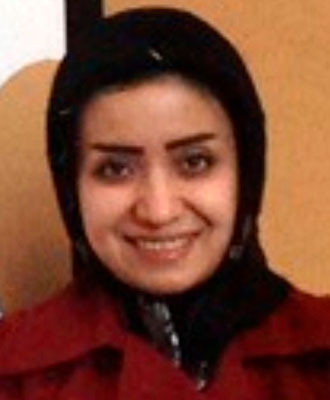Abstract
Tectonically active fault networks are often inter-connected, but in the case of injection-induced seismicity, prior knowledge of fault architecture tends to be severely limited. In most cases, reactivated faults due to fluid injection are inferred, after-the-fact, by the spatial distribution of induced-seismicity hypocenters; such reliance on post-injection seismicity impedes any pre-operational risk analysis, as well as development of a more holistic understanding of fault-system models. By combining high-resolution, depth-migrated 3-D seismic data with a new focal-depth estimation method that reduces spatial uncertainty of hypocenters, this study pinpoints microearthquake fault activation within a buried thrust belt in the Montney Formation in western Canada (British Columbia). During hydraulic-fracturing operations, rupture nucleation occurred on seismically imaged thrust ramps that cut through the Debolt Formation, a massive carbonate layer that underlies the stimulated zone. High-resolution seismic images reveal transverse structures, interpreted as basement-controlled fold hinges or tear faults that transferred displacement between thrust faults during Late Cretaceous - Paleogene compressional shortening. The spatio-temporal pattern of induced seismicity suggests that these transverse structures provide permeable pathways for aseismic pore-pressure diffusion, thus connecting distinct thrust faults and enabling earthquake triggering on a timescale of days and at distances of up to 2 km from the injection wells. Inferred relationships highlight how the fault system is connected, including apparent stress concentrations at the intersections of transverse structures and orogen-parallel thrust ramps.
Biography
Dr. Naimeh Riazi obtained her PhD in Geophysics from the University of Calgary. After completing her PhD, she joined the University of Calgary as a postdoctoral associate. Her postdoctoral research experience included geomechanical and geophysical analyses of unconventional (tight) reservoirs in Canada. Her current work focuses primarily on advanced research in induced seismicity, machine learning, and Distributed Acoustic Sensing (DAS) analyses. She has published several papers in these areas.






